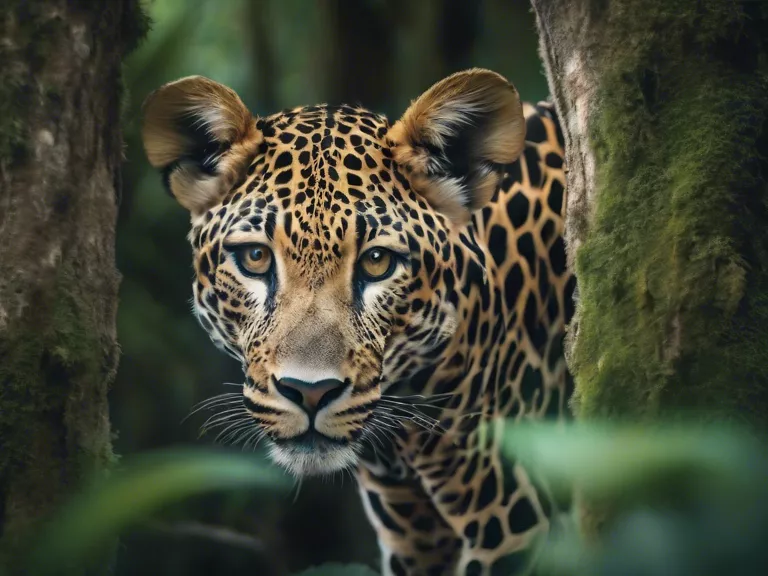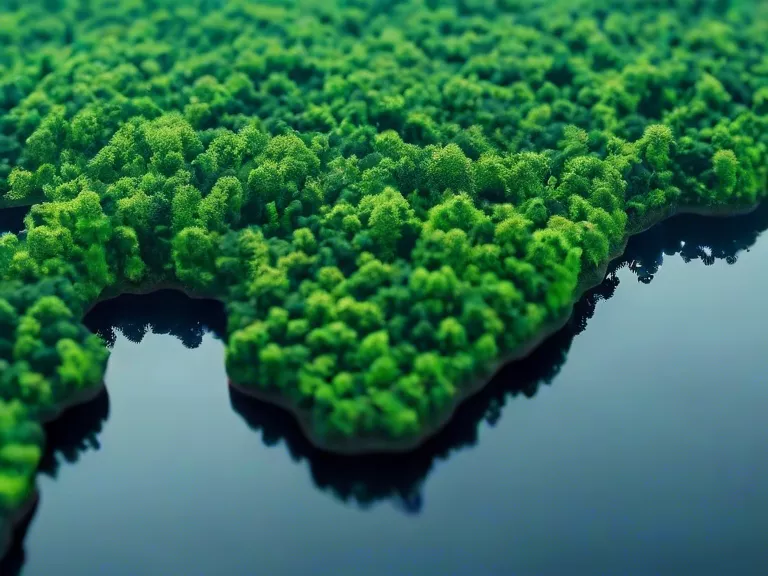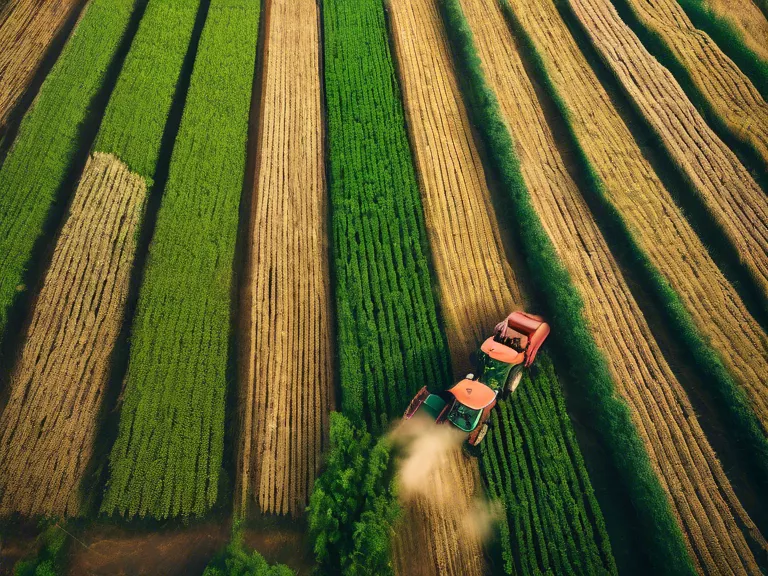
Artificial intelligence is revolutionizing the field of conservation, bringing new tools and approaches to protect wildlife and natural habitats. From using AI to track endangered species to predicting poaching activity, technology is aiding in the fight to preserve our planet's most vulnerable ecosystems.
One of the key ways AI is being utilized in conservation efforts is through the use of camera traps and satellite imagery. These tools can help scientists monitor wildlife populations in remote areas, enabling them to gain valuable insights into animal behavior and population dynamics. AI algorithms can analyze vast amounts of data collected from these sources, allowing researchers to more accurately estimate population sizes and track the movement of species over time.
In addition to monitoring wildlife, AI is also being used to combat illegal poaching activities. By analyzing patterns in data such as satellite imagery, acoustic recordings, and social media posts, AI can help predict where poaching incidents are likely to occur. This information allows conservationists to deploy resources more effectively and target their efforts in areas where they are needed most.
Furthermore, AI-driven conservation initiatives are helping to improve the efficiency of managing protected areas. By analyzing data on environmental conditions, wildlife populations, and human activities, AI can help identify areas that are most at risk and prioritize conservation efforts accordingly.
Overall, AI is playing an increasingly important role in conservation efforts around the world. By harnessing the power of technology, researchers and conservationists are able to make more informed decisions and take proactive steps to protect biodiversity and natural habitats for future generations.



